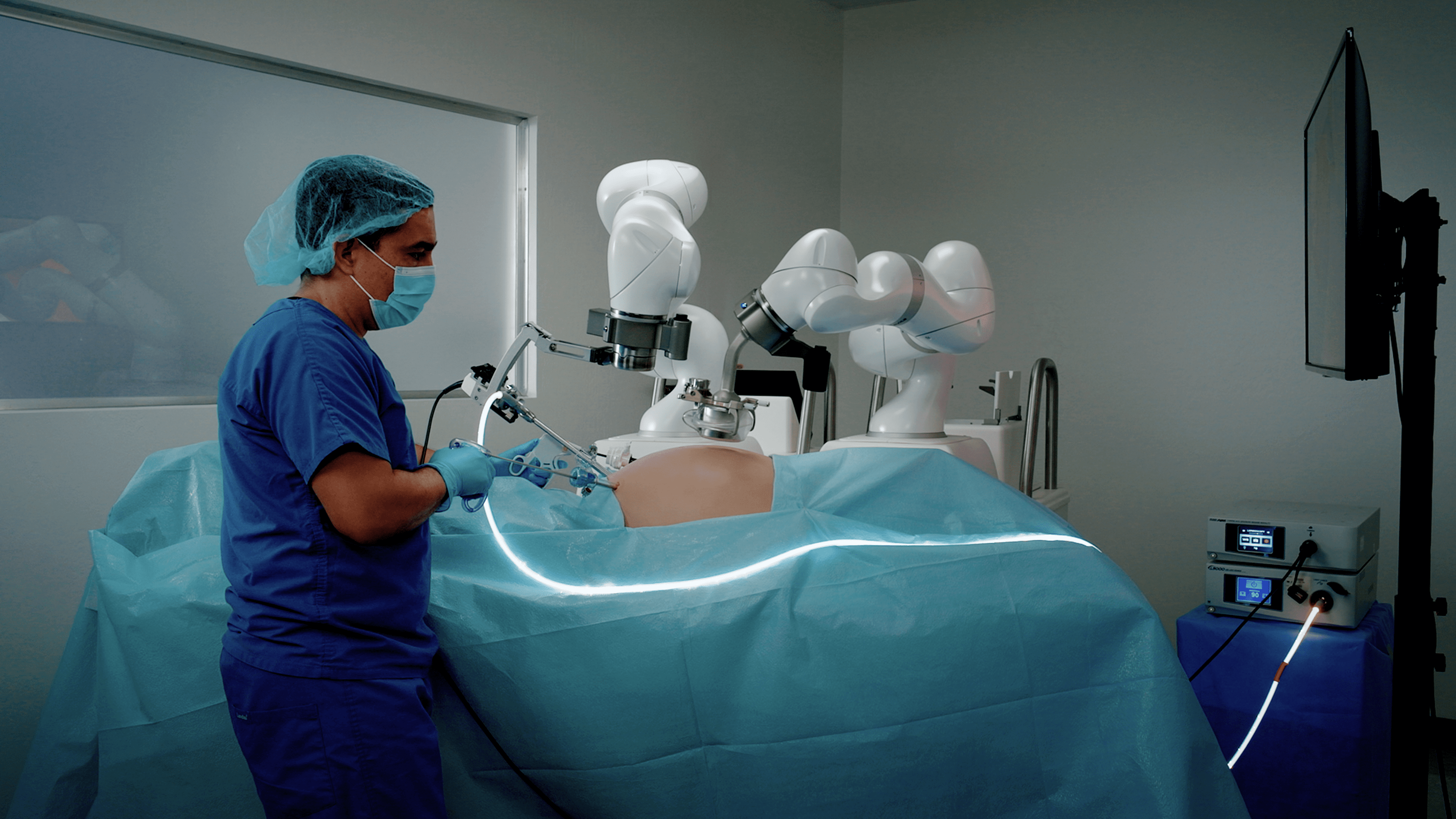This week, a new robotic platform designed to increase surgical efficiency gained clearance from the FDA. The agency cleared Levita Magnetics’ platform, which combines the company’s proprietary magnetic surgical technology with robotic assistance.
In 2016, Levita commercially launched its magnetic surgery system, which is meant to make abdominal surgeries less invasive. The most common abdominal surgery, gallbladder removal, requires surgeons to make at least four incisions.

With the Rise of AI, What IP Disputes in Healthcare Are Likely to Emerge?
Munck Wilson Mandala Partner Greg Howison shared his perspective on some of the legal ramifications around AI, IP, connected devices and the data they generate, in response to emailed questions.
Levita’s magnetic surgery system reduces this to just one incision by inserting magnets into a patient’s body through their belly button. The surgeon can then maneuver these with magnetic arms outside the patient’s body to retract large tissues or an organ, such as the gallbladder, liver, prostate or colon. Surgeons at health systems across the country — including Cleveland Clinic, Mayo Clinic and Duke University Health System — use the magnetic surgery platform to perform abdominal surgeries.
Levita’s freshly cleared system is similar, but improved, said the company’s CEO, Alberto Rodriguez-Navarro, in a recent interview. In this system, called the MARS system, robotic assistants are moving the magnets inside the patient’s body.
Levita’s new platform will deliver all the same patient benefits as its original magnetic surgery system — such as reduced incisions, less pain, fewer scars and speedier recovery — while also giving surgeons better control of their instruments. The new system also allows surgeons to perform procedures completely by themselves.
In the late 90s, Intuitive Surgical burst onto the scene as disruptive pioneer in the robotic surgery space. But robotics have been a part of the surgical field for a while now, and this space is currently lacking innovation, Rodriguez-Navarro declared. His company’s robotic surgical system will stand out from others on the market because it combines both robotics and magnetics, he noted.
With robotic assistance, surgeons can have full control over their instruments, eliminating the need for multiple physicians in the operating room. This is an important benefit of Levita’s new system, given the workforce shortage and providers’ need to increase efficiency, Rodriguez-Navarro pointed out. Outpatient hospital clinics and ambulatory surgery centers (ASCs) can certainly benefit from increased efficiency and optimized deployment of operating room personnel, he declared.
“It’s a large trend for major abdominal surgeries to be done in an outpatient or ambulatory surgical settings. Our solution is focused on that environment — where you need a small footprint, and you need to speed up the workflow to make the surgeon more efficient. Also, one of the big issues in this environment is that you need to control patients’ pain in order to send them home on the same day. Our system reduces incisions and reduces pain, so it’s very well-fit for the concept of sending the patient home the same day,” Rodriguez-Navarro explained.
Levita’s focus on the unique needs of abdominal surgeons, as well as its use of magnetic surgery techniques helps it stand out from other companies selling robotic surgery platforms, such as Intuitive Surgical and Moon Surgical, he added.
Photo: Levita Magnetics















